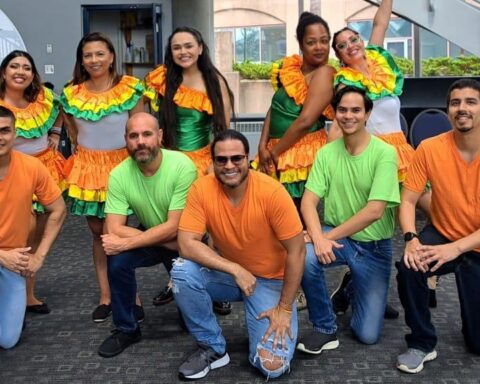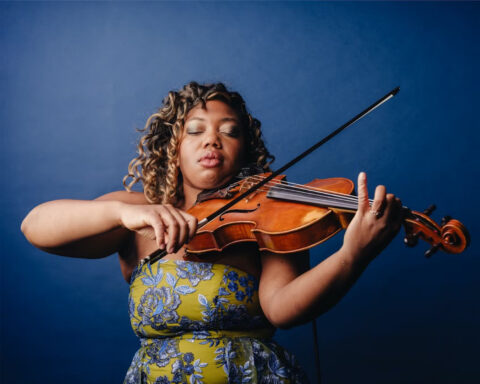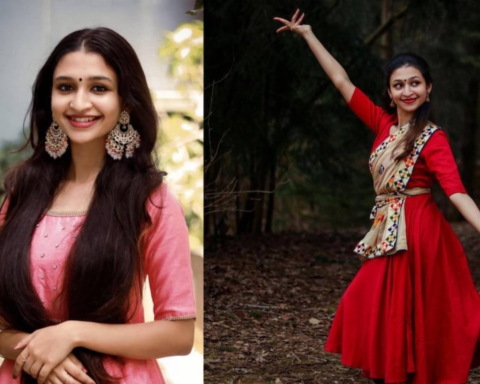After months of preparation, members of Canada’s Indigenous and immigrant communities are preparing to launch a pair of multimedia storytelling experiences they hope will illustrate a rapidly developing bond between the groups.
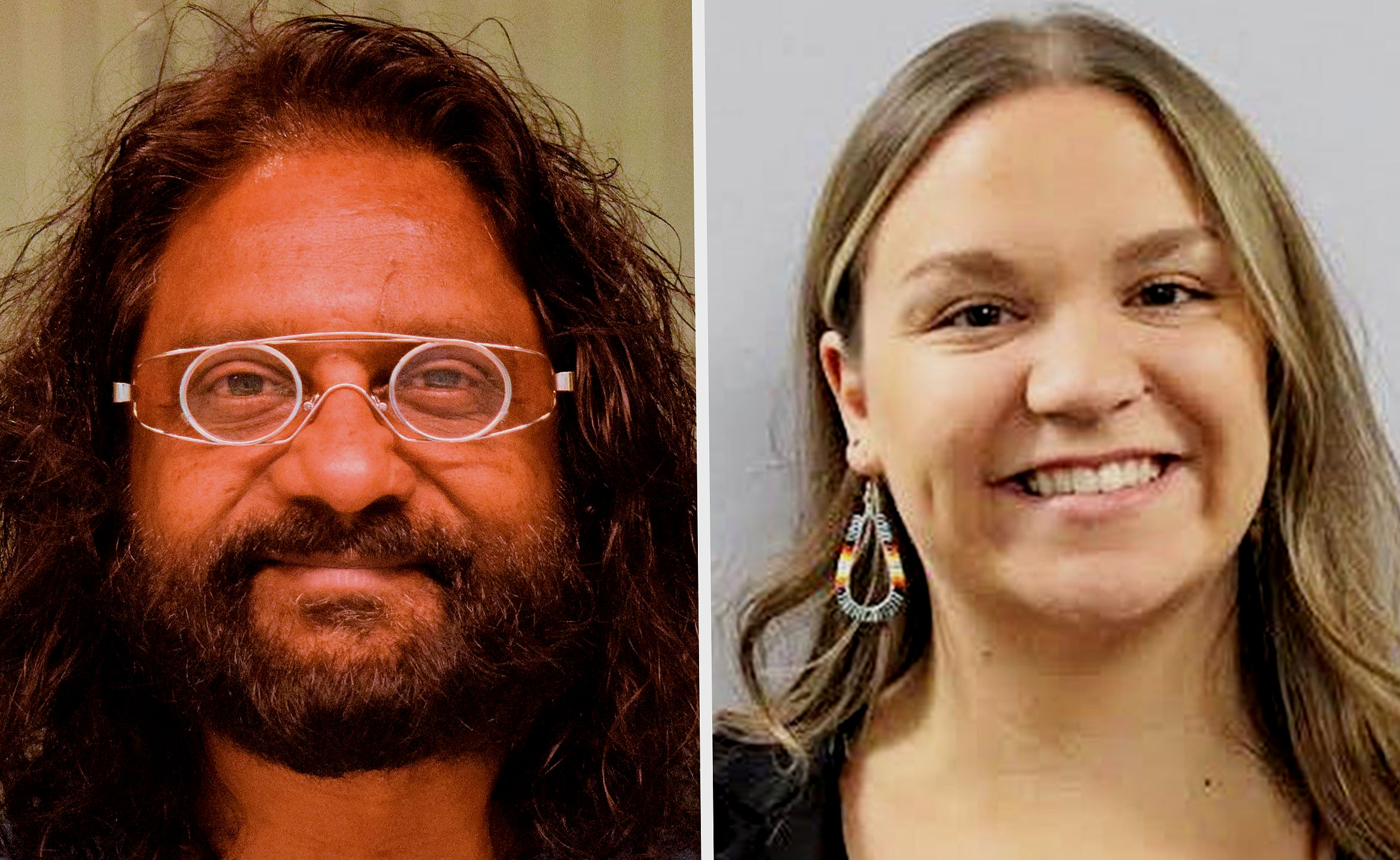
The world premiere of One Land, Two Hearts: WhereWeStand will debut Feb. 23 at the Canadian Museum of Immigration at Pier 21 in Halifax. A second premiere presentation will occur Feb. 25 at the Woodland Cultural Centre in Brantford, Ont.
Indigenous participants paired with newcomers have worked to produce everything from live storytelling to spoken word to dance to films all of which are designed to reflect on the differences and common ground of identity and belonging.
Cyrus Sundar Singh, co-creative producer, said the premiere is more than just bringing “a bunch of people” into a darkened cinema to watch “a bunch of films.”
“The intent is to bring communities together and (take) this knowledge of what was being created back to the community and to gather and share and to be able to engage in that share,” Singh, an immigrant from India, told New Canadian Media. “The whole premieres are constructed so there is a presentation and [to provide] some time for the authors to talk about it or the filmmakers or artists to talk about it.”
The project, led by Singh, a Gemini Award-winning filmmaker and scholar, along with Anishinaabe Kwe filmmaker Nicole Lee, and Anna Triandafyllidou, the Canada Excellence Research Chair in Migration and Integration at Toronto Metropolitan University, began in May of last year. It brought together a cohort of Indigenous peoples — Mi’kmaw, Cree, Ojibway, Inuit and Métis — along with newcomers to Canada.
Fourteen artists representing undergraduate and graduate students from locations across the country were selected to participate in the two events.
Derek Sands of the Walpole Island First Nation, located in southwestern Ontario, will be presenting a film he created with his Brazilian partner, Luisa Cruz, detailing how newcomers and others can reconnect to the land through plants.
“You’re sharing the gifts and the beauty of this land with them and that’s good to start a good friendship,” Sands said. “It’s all about connecting — first with Indigenous people and then with Indigenous people connecting with newcomers “and creating a relationship, a friendship, a partnership, an allyship to work together, whatever that is. I think it’s good to explore both cultures.”
Sands said those connected with the presentations carry a lot of respect and open mindedness and that makes it easier to connect on a deeper level.
Cruz said the overall concept comes with many benefits.
“Filmmaking is a great vehicle to get to know others, not only through watching a film but also making a film with others,” Cruz said.
According to organizers, the events are designed to reflect on differences, common ground of identity and belonging all in an effort to co-create expressions of identity on the colonial construct of Canada, situated on Turtle Island, an Indigenous term used to describe the North American continent.
Bringing both communities together is an excellent way for Indigenous people and immigrants to get to know each other, Lee, co-creative producer of the two premieres, said.
“These two groups don’t ever get together enough,” Lee, a member of the northwestern Ontario Couchiching First Nation, said. “They both come with experiences. These experiences are very similar but we really haven’t explored them. [We] all kind of walk the same path of life and [we] can see how their lives are intertwined with each other from a cultural perspective.”
Lee said the project has not only allowed her to learn with and about the two groups, it has also given her the opportunity to further reconnect with her Aboriginal identity and understand the work she’s doing and why she’s doing it.
“I think this project is a great step in illustrating the connection between the two groups to others. I am hopeful there are opportunities like these [going forward].The similarities between the two and the conversations I have had are just fantastic.”
Lee said both she and Singh have received a lot of positive support for the project.
“It brings to light a condition that never gets spoken about … when you are an immigrant to Canada,” Singh said. “In that whole journey what is left out is that this is not just a land of opportunity but is a land where people have existed for thousands of years …. We wanted to make sure [others know] that people here existed and we wanted to acknowledge their presence.”
Pier 21 and the Woodland Cultural Centre were chosen as locations for the two premieres because the Halifax site is non Indigenous in nature and the other Indigenous. The Brantford centre operates out of the former Mohawk Indian Residential School.
“They give us both sides of this coin we call Canada,” Singh said.
The Halifax event will also be welcoming three guests — poet, storyteller, singer, artist shalan jourdy, published author Dr. Cathy Martin (with the Assembly of First Nations), and Dr. Beverly Jacobs, Senior Advisor to the President on Indigenous Relations and Outreach at the University of Windsor. Brantford features Jacobs and Dr. Michael Doxtater of Queens University, who has worked in research and development at all levels of Indigenous society.
According to organizers, all will help “unpack ideas of identity and belonging on the land where we stand.”
The Halifax premiere runs from 5 p.m. to 8 p.m. AST on Feb. 23 with the Brantford premiere set for 1 p.m. to 4 p.m. on Feb. 25.
Admission to the two premieres is free.
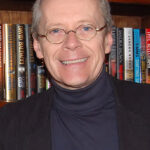
Michael Staples
Michael Staples is a retired daily newspaper reporter from New Brunswick with more than 30 years experience. He has travelled extensively with Canada’s military and has reported from Croatia, Bosnia-Herzegovina, Kosovo and Macedonia during the Balkans War and from Haiti in 2004 following a three-week bloody rebellion that saw then-president Jean-Bertrand Aristide flee the country. He has also written extensively about Canada's involvement in the Afghanistan War. Michael has considerable experience covering crime, justice and immigration issues. In 1999 he was the lead journalist reporting on the airlift of hundreds of refugees from Kosovo to Canadian Forces Base Gagetown. He has been nominated twice for Atlantic Journalism Awards.


